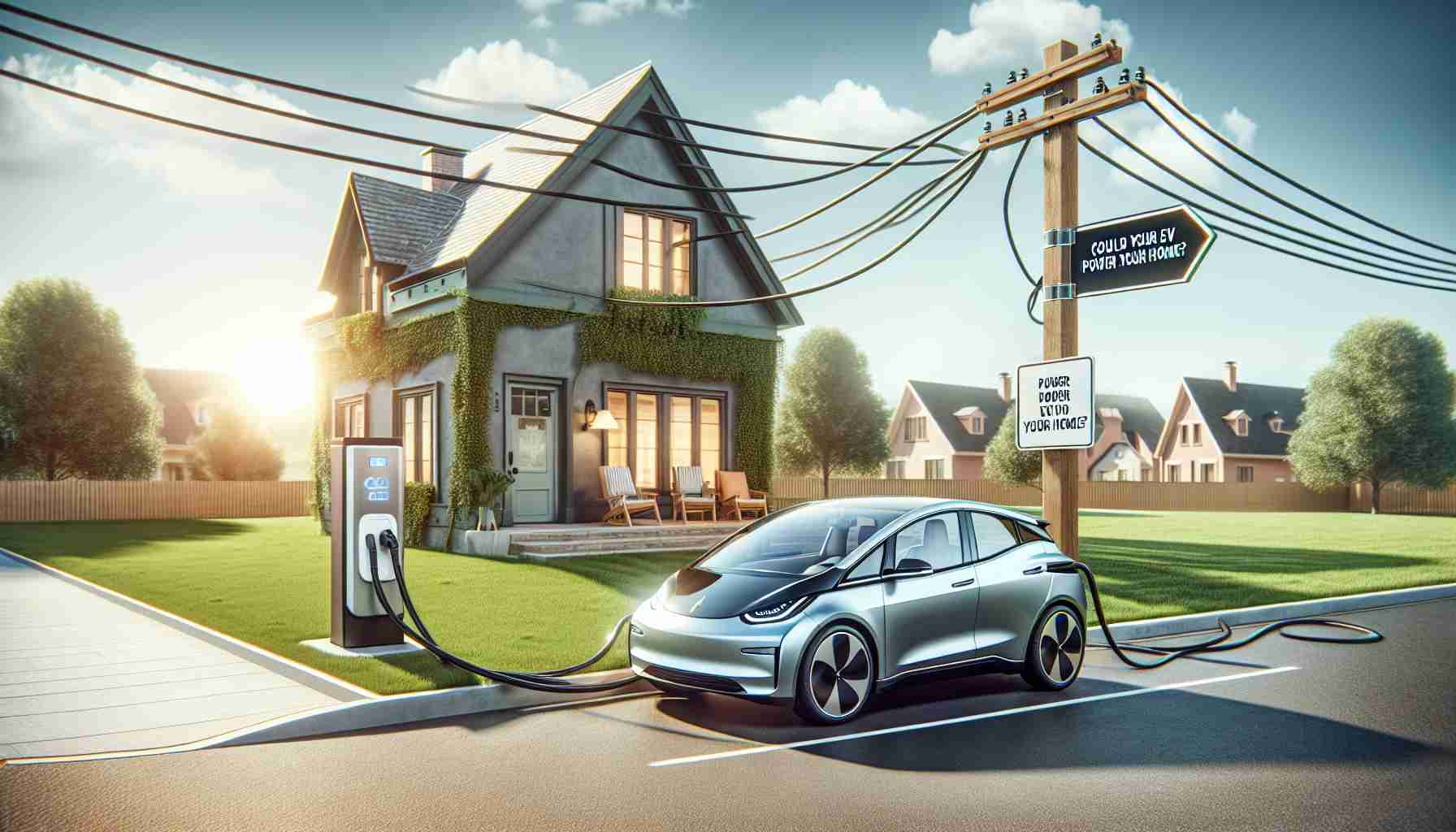In the world of electric vehicles (EVs), innovation is shaping the future. No longer just environmentally friendly transportation, EVs are emerging as vital assets in a sustainable energy landscape. With advancements in bi-directional charging technology, these vehicles are becoming integral parts of our energy systems.
This groundbreaking technology enables EVs to act as mobile power sources. They can absorb electricity from the grid and reverse the process, supplying energy back to homes during peak usage or outages. This capability significantly enhances local energy security and grid resilience.
Leading the charge in this transformation is Sigenergy, which is developing advanced bi-directional charging solutions. These innovations are reimagining the role of EVs from passive energy consumers to dynamic contributors in the energy grid, helping pave the way for a more sustainable and intelligent future.
As EV sales surge, with projections indicating over 700 million units by 2040, the demand for efficient charging solutions grows. Traditional charging methods lag behind consumer needs, calling for faster, more sustainable systems.
Sigenergy’s innovative products, such as the EVAC Charger and the EVDC Charging Module, are addressing these needs. The EVAC Charger utilizes solar energy for eco-friendly charging, while the EVDC provides rapid power delivery, capable of adding significant mileage in a short time. These technologies signal a shift towards a smarter, more integrated energy ecosystem.
As the EV landscape evolves, the potential for bi-directional charging to revolutionize our energy consumption is becoming increasingly clear.
Revolutionizing Energy: How Bi-Directional Charging is Transforming Electric Vehicles
The Future of Electric Vehicles and Bi-Directional Charging
In recent years, the electric vehicle (EV) industry has witnessed transformative innovations that are redefining transportation and energy consumption. Among these, bi-directional charging technology stands out as a key driver toward a sustainable energy future. This advanced capability turns EVs from mere consumers of power into dynamic contributors to the energy grid, thus enhancing our energy systems significantly.
Understanding Bi-Directional Charging
Bi-directional charging allows electric vehicles to not only draw power from the grid but also deliver electricity back to it. This two-way flow of energy can aid homes during peak usage times or unexpected outages, improving local energy security and resilience. The technology is becoming increasingly vital as energy demands grow and climate considerations influence how we think about power consumption.
Leading Innovators
One of the prominent companies at the forefront of this shift is Sigenergy. Their advanced bi-directional charging solutions are transforming how EVs can integrate into the energy landscape. By reshaping the role of EVs, Sigenergy and similar companies are contributing to the development of a smarter, more interconnected energy ecosystem.
The Surge in EV Sales
With electric vehicle sales projected to exceed 700 million units by 2040, the urgency for efficient, innovative charging solutions has never been greater. Traditional charging methods often do not meet the increasing demand for fast and sustainable energy sources, highlighting the necessity for advancements in charging technology.
Innovative Products in the Market
– EVAC Charger: This solar-powered charger exemplifies eco-friendly technology, allowing users to charge their electric vehicles using renewable energy sources, thereby reducing carbon footprints and promoting sustainability.
– EVDC Charging Module: Known for its rapid power delivery capabilities, the EVDC quickly adds significant mileage to an EV, addressing the growing need for swift and efficient energy replenishment.
These products are not only enhancing the charging experience for consumers but are also aiming to stabilize the grid during high-demand periods.
Use Cases and Benefits
1. Home Energy Storage: An EV equipped with bi-directional charging can serve as a backup power source for homes during outages, maintaining access to electricity when it’s needed most.
2. Grid Stabilization: By supplying energy back to the grid during peak times, EVs help reduce the load on the electrical system, potentially lowering energy costs for consumers.
3. Support for Renewable Energy: These vehicles can store surplus renewable energy generated, such as from solar panels, for later use, promoting sustainable energy practices.
Limitations to Consider
While the advantages are evident, there are also limitations to bi-directional charging technologies:
– Infrastructure Needs: Adequate charging infrastructure that supports bi-directional capabilities is still developing in many regions.
– Vehicle Compatibility: Not all electric vehicles currently support bi-directional charging, which can limit widespread implementation.
– Regulatory Framework: Policies governing energy use and grid interaction can vary greatly by location, creating challenges for uniform adoption of these solutions.
Sustainability Insights
As sustainability becomes a critical focus for many industries, the integration of bi-directional charging in electric vehicles aligns closely with global efforts to reduce dependence on fossil fuels. By leveraging renewable energy sources and facilitating energy sharing, this technology stands as a pillar of future energy strategies.
The Market Landscape and Future Predictions
As the demand for EVs and smart energy solutions grows, market analysts predict that companies prioritizing bi-directional capabilities will gain a competitive edge. Innovations will likely continue to evolve, emphasizing tools and technologies that support a decentralized energy system, further integrating electric vehicles into our daily lives and energy consumption habits.
By embracing these advancements, we can look forward to a future where electric vehicles are not just sustainable modes of transportation, but also vital components in reshaping our energy infrastructure. For more insights on the evolving world of electric vehicles and sustainable energy, visit Sigenergy.









